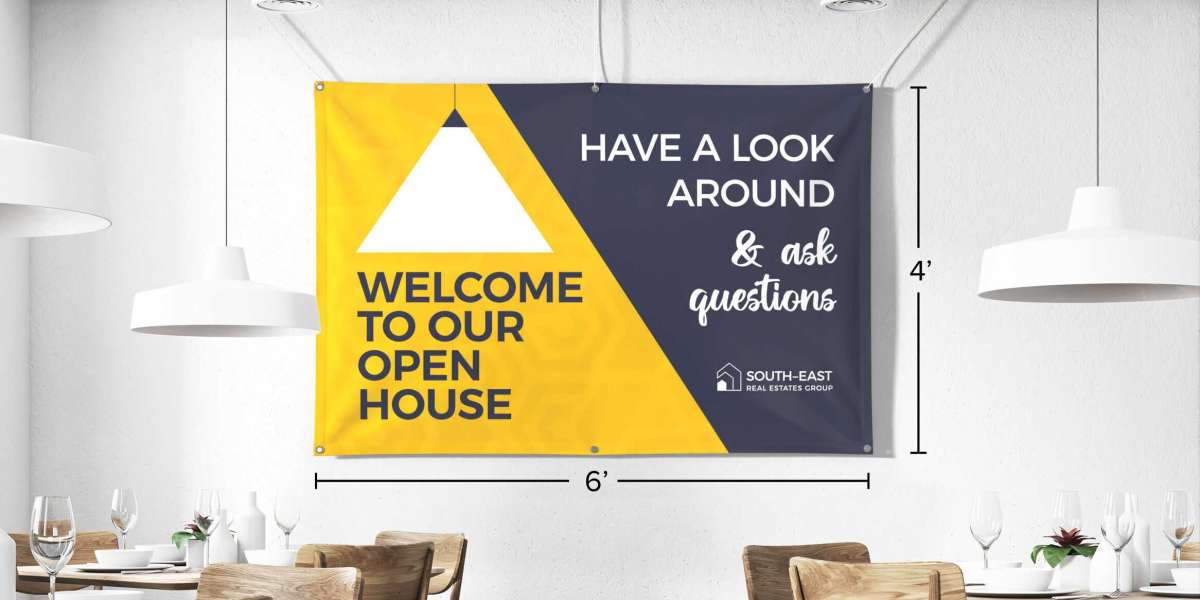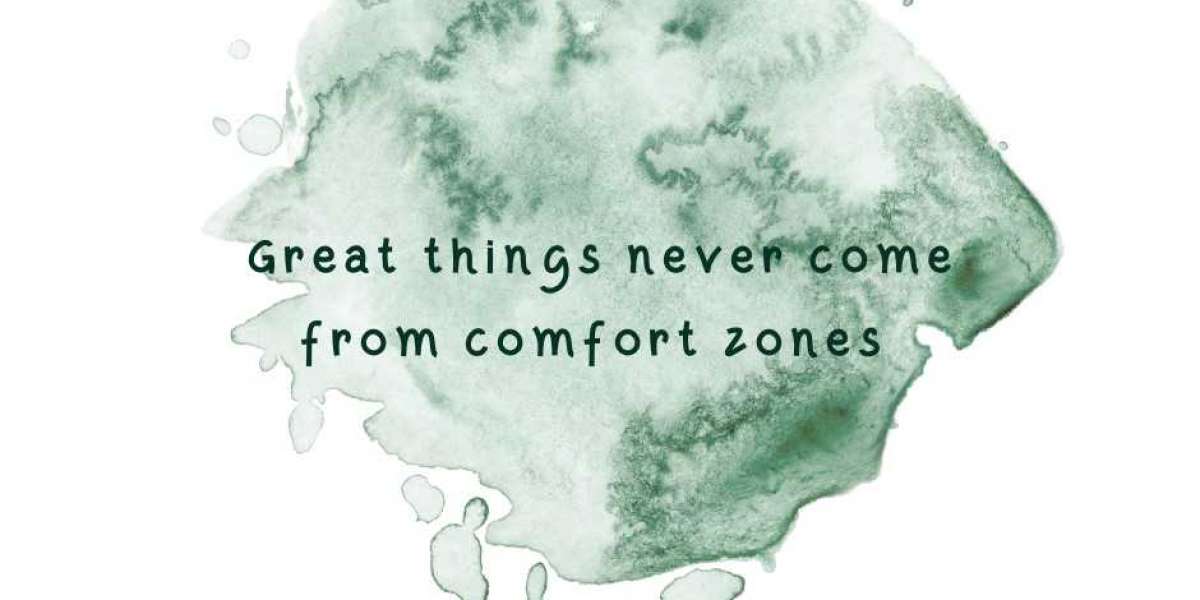When designing banners for advertising or informational purposes, one of the most crucial elements to consider is font size. The size of the font can significantly affect how easily your message is absorbed by the viewer. Readability is not just about the words; it's about how those words are presented. Poor font size can lead to miscommunication, disengagement, and lost opportunities, while optimal font size enhances clarity and grab viewer attention.
Understanding Readability
Readability refers to the ease with which text can be read and comprehended. Factors that influence readability include typeface, font style, spacing, contrast, and of course, font size. When designing a banner, the goal is to convey a message quickly and clearly, which makes understanding how font size impacts that message essential.
Larger fonts are generally easier to read from a distance, making them ideal for outdoor banners or displays where potential customers might be walking or driving by. Conversely, smaller fonts may be suitable for indoor settings where viewers are closer to the material.
The Impact of Font Size
Studies have shown that optimal font size can significantly impact how well text is read and understood. A font that is too small may force viewers to squint or strain their eyes, leading to frustration and disengagement. On the other hand, a font that is too large can overwhelm the design, making it difficult to convey the full message effectively. Finding the right balance is key.
For outdoor banners, a general rule of thumb is to use a font size that increases with distance. For instance, if viewers will be standing approximately 10 feet away, a font size of around 24pt may be sufficient. For distances greater than 50 feet, a font size of 72pt or larger is often recommended. Additionally, the style of the font can further influence readability; sans-serif fonts are typically clearer and more legible at larger sizes compared to serif fonts, which may become cluttered.
Considerations for Different Locations
The effectiveness of your banner not only depends on the font size but also on where the banner is located. This is where "banner size by location" becomes a key consideration. For instance, banners displayed in busy urban environments with high foot and vehicle traffic may need larger, bolder fonts to stand out among the noise. In quieter locations, such as a community centre or a waiting room, more subtle designs may be acceptable.
In venues such as trade shows or theater presentations, the distance of the audience from the banner should dictate the size of the font. If attendees are expected to be close, a small to medium font may work effectively, whereas if the audience will be farther away, larger fonts are more appropriate.
Using a Banner Font Size Tool
To assist designers and marketers in finding the right font size for their banners, many tools are available online. A "banner font size tool" can provide guidelines on optimal font sizes based on the intended viewing distance and context. These tools can help refine your choices, ensuring that your banner effectively captures attention without sacrificing legibility.
Moreover, it is also important to keep consistent branding in mind. While experimenting with different font sizes, it’s crucial to ensure that the overall design remains cohesive and aligns with your brand’s identity. Using consistent fonts across different banners can help reinforce brand recognition.
In summary, font size plays a pivotal role in the readability of banners. The right size not only ensures that the message is conveyed clearly but also supports a visually appealing design that can attract and retain viewer attention. As you consider the placement of your banner and utilize tools for determining optimal font sizes, remember that the goal is to create a seamless experience for viewers, making your message easily digestible and engaging.
By carefully weighing all these factors, you can create effective banners that communicate your intended message clearly and effectively, maximizing the potential of your advertising efforts. Whether it's a promotional campaign or providing important information, always prioritize readability so that your audience can easily understand what you have to say.








